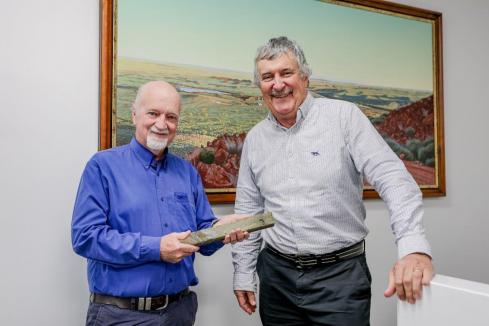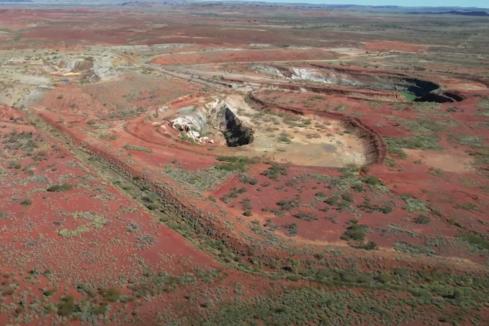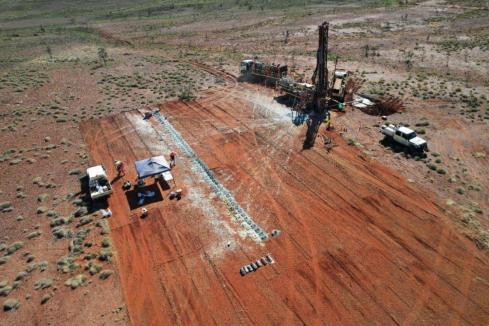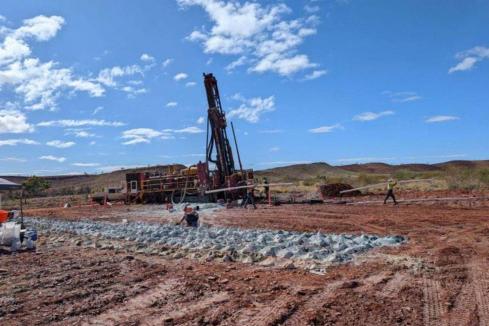GreenTech Metals has reinforced evidence for three major lithium trends within its Kobe and Osborne tenements in Western Australia’s Pilbara region following an infill geochemical soil sampling program. The campaign has confirmed continuity of the Kobe South lithium anomalism that is well-defined through a 5.5km east-to-south-east-trending corridor, with maximum responses in the range of 200ppm to 467ppm lithium oxide.

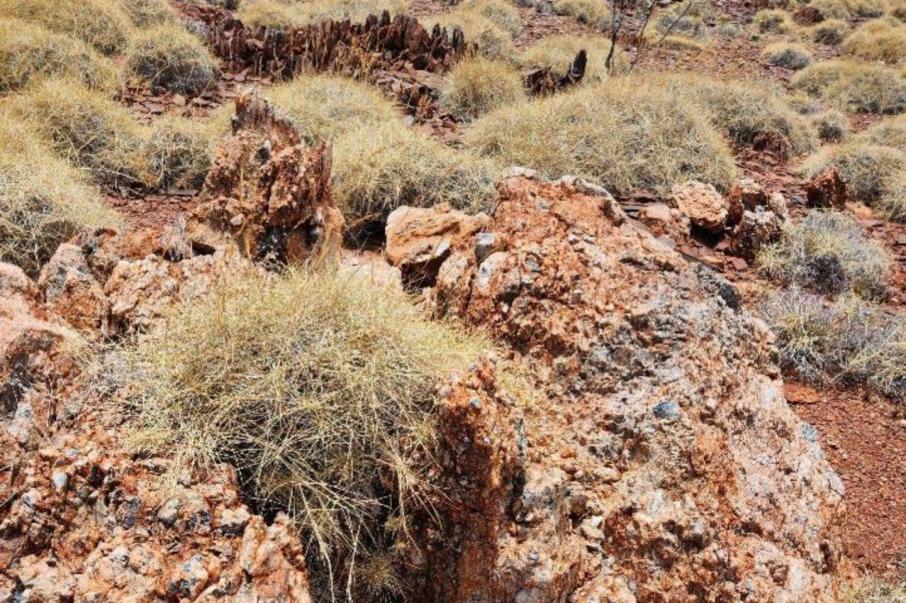
GreenTech Metals has reinforced evidence for three major lithium trends within its Kobe and Osborne tenements in Western Australia’s Pilbara region following an infill geochemical soil sampling program.
The campaign has confirmed continuity of the Kobe South lithium anomalism that is well-defined through a 5.5km east-to-south-east-trending corridor, with maximum responses in the range of 200 parts per million to 467ppm lithium oxide. The company believes the corridor – which ranges between 300m and 1km in width – encloses multiple pegmatites.
Infill soil geochemistry in the contiguous Osborne joint venture (JV), which GreenTech (51 per cent) shares with Artemis Resources (49 per cent), highlights a cohesive and credible east-west lithium trend about 4km long and up to 1.3km wide.
Surface mapping at Osborne shows that some pegmatite orientations are considerably at odds with any expected dominant east-west trend and can range from east-west, north-west/south-east and north-east-south-west. That suggests that some other structural overprint could be controlling a “zig-zag” pattern to individual pegmatites and their interconnectivity.
The first field hint that reinforces GreenTech’s pegmatite mapping is the pronounced zig-zag flexure in the Kobe South-Osborne trend that looks a lot like a confluence of structures. The broad footprint of Osborne’s geochemical anomalism and distribution of the peak value centres suggests a strong likelihood of multiple pegmatites within the sampled area, which extends east-west across about 4km of the 4.6km-wide licence.
Peak lithium oxide anomalism in the Osborne ground shows values between 312ppm and 712ppm lithium oxide, mostly with good mutual support from adjacent similar readings that combine to produce a credible zone of interest worthy of follow-up investigation.
GreenTech Metals executive director Tom Reddicliffe said: “These results are supported by the discovery of additional pathfinder elements, which are consistent with other anomalies associated with a nearby lithium-bearing pegmatite. These results give us considerable confidence that GreenTech can continue to make further exciting lithium discoveries within the region.”
Most interestingly, however, is that the latest detailed geochemistry points to almost certain continuity between the eastern extremity of the Kobe South anomalism – where sampling was terminated against the eastern boundary of the Kobe exploration licence – and the anomalism in the Osborne ground. The two areas in the respective tenements are separated by 3.4km between the licence boundaries.
The Kobe anomalism, just inside the northern boundary of the licence area, exhibits a persistent east-west trend thought to extend westward to hook up with the Kobe West lithium anomalism. But again, the two zones are separated by tenement boundary cut-outs.
Kobe West sits at the extreme western extension of the Kobe trend where south-west-trending lithium geochemistry extends more than 700m and has a width of 200m. Kobe’s lithium oxide anomalism from the current infill sampling peaks between 182ppm and 305ppm lithium oxide, while Kobe West levels lie between 160ppm and 220ppm.
There seems little doubt that the two zones, separated by about 2km, will prove to be continuous. That assertion appears to be supported by a recent announcement by Accelerate Resources, which holds contiguous tenure in the cut-out, where it reported strong lithium-caesium soil anomalism from the lithium trend between Kobe and Kobe West.
It means the combined Kobe-Kobe West trend could strike through at least 9.5km.
Kobe West has been defined to date by infill soil sampling on a 200m-by-50m grid, while the bigger Kobe trend has only been outlined through soil sampling on a 400m-by-100m grid.
GreenTech says the infill geochemistry has given it sufficient confidence to begin planning for drilling of its higher-grade anomalous areas to identify the pegmatite hosts. Management is also looking at updating its heritage clearances to include new areas of anomalism it might wish to add to its growing list of initial drill targets.
Is your ASX-listed company doing something interesting? Contact: matt.birney@businessnews.com.au







